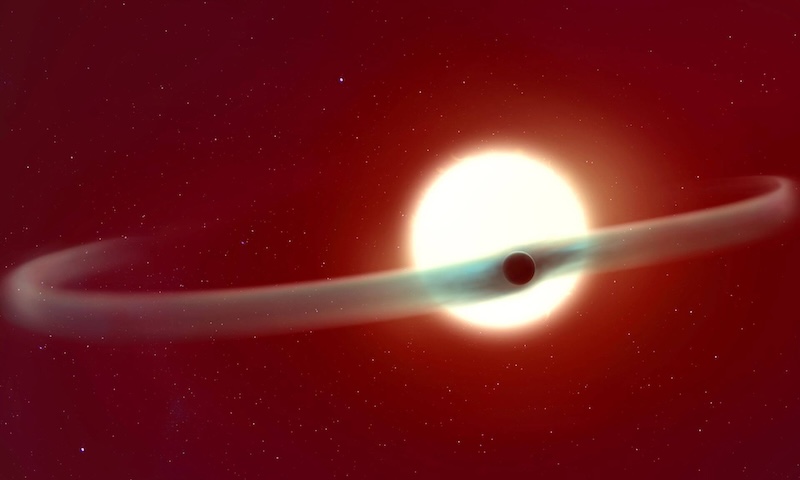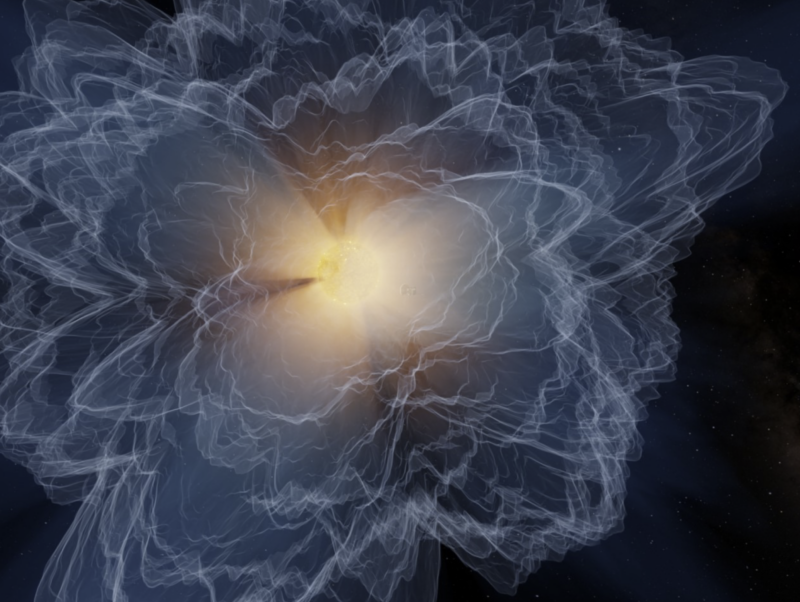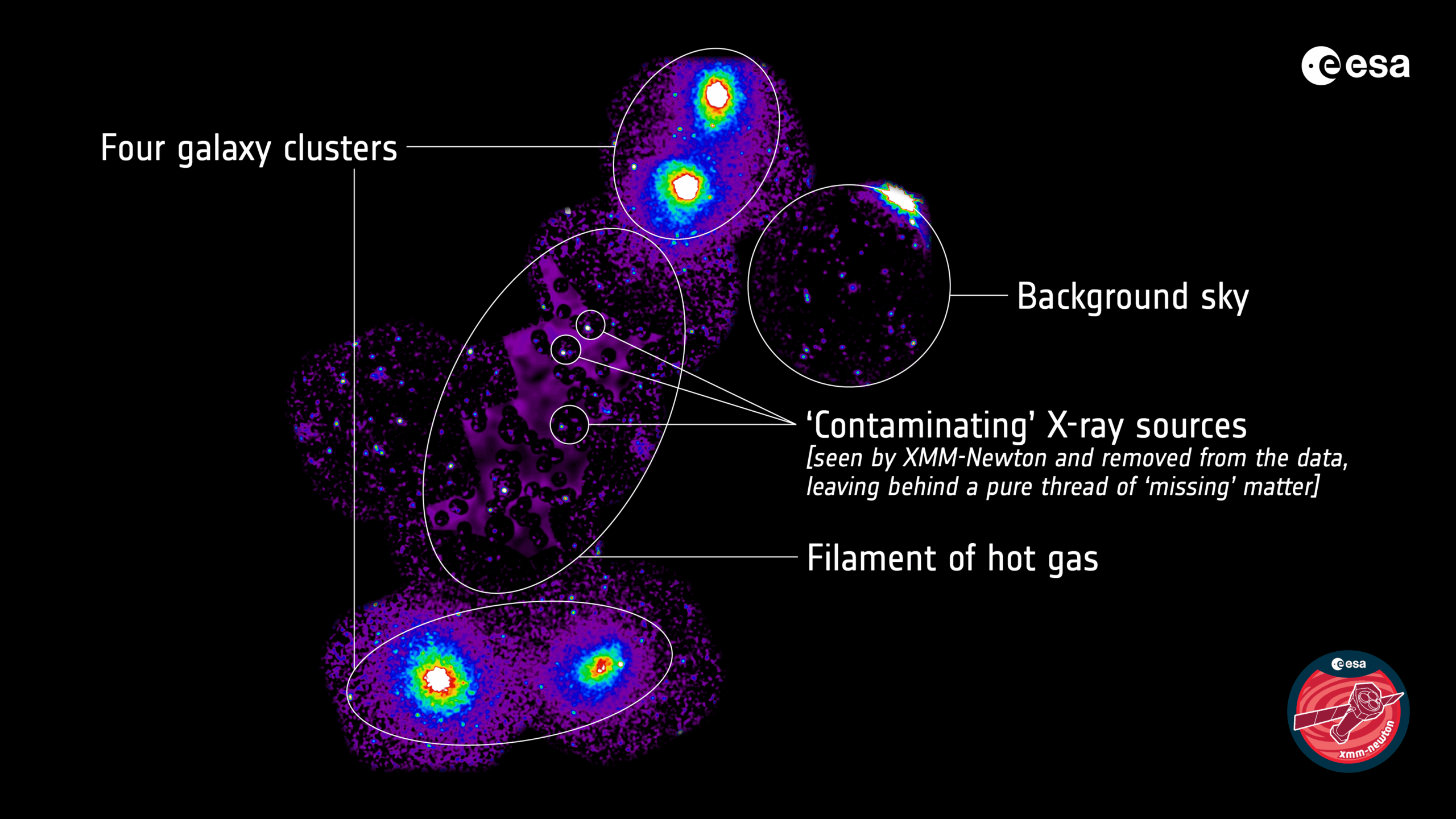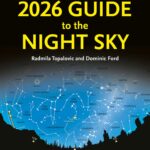Now Reading: 2 of Uranus’ largest moons have surprising dark sides
-
01
2 of Uranus’ largest moons have surprising dark sides
2 of Uranus’ largest moons have surprising dark sides
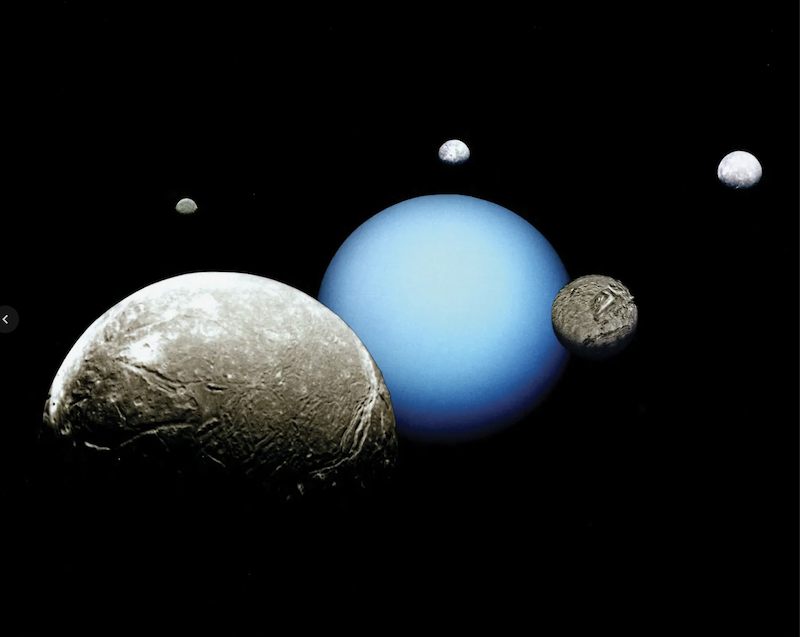

- Titania and Oberon are two of Uranus’ largest moons. Scientists expected them to be darker in color on their trailing hemispheres, due to being hit by radioactive particles.
- New observations by the Hubble Space Telescope, however, show they are darker on their leading hemispheres instead. Why?
- Dust from smaller “irregular” moons is coating the moons’ leading hemispheres and making them darker, a new study suggested.
Dark and bright hemispheres of Uranus’ largest moons
Astronomers used the Hubble Space Telescope for a new study of four of Uranus’ largest moons: Ariel, Titania, Oberon and Umbriel. They wanted to see how the planet’s magnetosphere – a bubble around the planet filled with charged particles – affected the moons’ surfaces. They had predicted the leading hemispheres of the moons would be brighter and the trailing hemispheres would be darker. But the researchers from the Space Telescope Science Institute (STScI) and John Hopkins Applied Physics Laboratory (JHUAPL) in Maryland said on June 10, 2025, that they found the opposite, with darkening on the leading hemispheres of the two outer moons, Titania and Oberon.
For Ariel and Umbriel, the two hemispheres of both moons were almost the same brightness. What could explain all this?
All four moons are tidally locked, meaning the same hemisphere is always facing toward Uranus. This is similar to how the same side of the moon always faces Earth. Uranus has 28 known moons altogether.
Researcher Christian Soto at STScI presented their results on June 10, 2025, at the 246th Meeting of the American Astronomical Society (AAS) in Anchorage, Alaska.

Hemispheres opposite of what scientists expected
The researchers expected Uranus’ magnetosphere – the region where electrically charged particles are affected by Uranus’ magnetic field – would interact with the surfaces of the four large moons. Radiation from charged particles in the magnetosphere would cause the trailing hemispheres of the moons to darken. Or, at least, that was the assumption. But that’s not what the research team found.
The hemispheres of the two inner moons, Ariel and Umbriel, were basically the same brightness. The hemispheres of the two outer moons, Titania and Oberon, did show a difference. But it was the opposite of what the scientists expected to find. Instead of the trailing hemispheres being darker, it was the leading hemispheres.
Could Uranus’ extreme axial tilt have something to do with it? Principal investigator Richard Cartwright at Johns Hopkins Applied Physics Laboratory explained:
Uranus is weird, so it’s always been uncertain how much the magnetic field actually interacts with its satellites. For starters, it is tilted by 98 degrees relative to the ecliptic. At the time of the Voyager 2 flyby, the magnetosphere of Uranus was tilted by about 59 degrees from the orbital plane of the satellites. So, there’s an additional tilt to the magnetic field.
The reasoning was that the magnetic field lines should hit the moons as they rotate around Uranus. That’s because they rotate faster than the moons move in their orbits. As a result, the charged particles should preferentially hit the trailing hemispheres. But that seems not to be the case.

A dusty explanation?
So why are Titania and Oberon darker on the “wrong” side? The researchers suspect it might be due to dust. That dust might come from some of Uranus’ smaller, irregular moons. Those are moons with large, eccentric and inclined orbits. When tiny micrometeorites – submillimeter in size – impact the moons, they eject small bits of material and dust that then also orbit Uranus. As the dust gradually moves closer to Uranus, it hits the leading hemispheres of Titania and Oberon. The researchers liken it to bugs hitting the windshield of your car.
As the dust accumulates, the leading hemispheres become darker. In addition, these moons shield the inner moons Ariel and Umbriel from the dust. Consequently, their hemispheres remain relatively unchanged. Co-investigator Bryan Holler of the Space Telescope Science Institute said:
This is some of the first evidence we’re seeing of a similar material exchange among the Uranian satellites.
Cartwright added:
So that supports a different explanation. That’s dust collection. I didn’t even expect to get into that hypothesis, but you know, data always surprise you.
Bottom line: Scientists thought four of Uranus’ largest moons would have darker trailing hemispheres and lighter leading hemispheres. But for Titania and Oberon, it’s the opposite. Why?
Source: Revealing the classical Uranian satellites in UV
Read more: New moons! Uranus now has 28 and Neptune 16
Read more: Evidence for ocean on Uranus moon Miranda is a surprise
The post 2 of Uranus’ largest moons have surprising dark sides first appeared on EarthSky.
Stay Informed With the Latest & Most Important News
-
 01From Polymerization-Enabled Folding and Assembly to Chemical Evolution: Key Processes for Emergence of Functional Polymers in the Origin of Life
01From Polymerization-Enabled Folding and Assembly to Chemical Evolution: Key Processes for Emergence of Functional Polymers in the Origin of Life -
 02Panasonic Leica Summilux DG 15mm f/1.7 ASPH review
02Panasonic Leica Summilux DG 15mm f/1.7 ASPH review -
 03How New NASA, India Earth Satellite NISAR Will See Earth
03How New NASA, India Earth Satellite NISAR Will See Earth -
 04And Thus Begins A New Year For Life On Earth
04And Thus Begins A New Year For Life On Earth -
 05Astronomy Activation Ambassadors: A New Era
05Astronomy Activation Ambassadors: A New Era -
06SpaceX launch surge helps set new global launch record in 2024
-
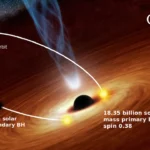 07Two Black Holes Observed Circling Each Other for the First Time
07Two Black Holes Observed Circling Each Other for the First Time












